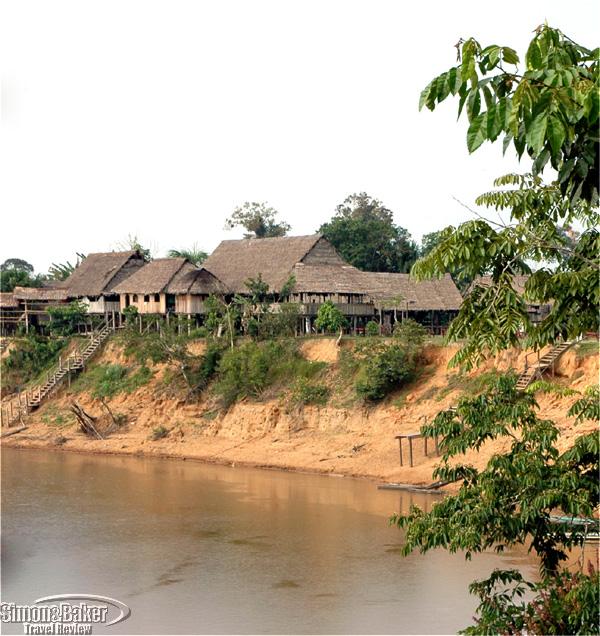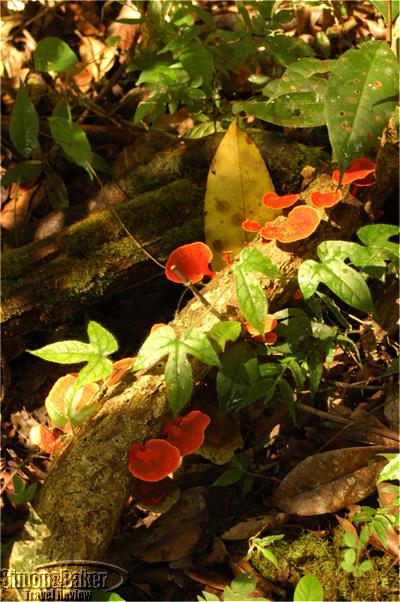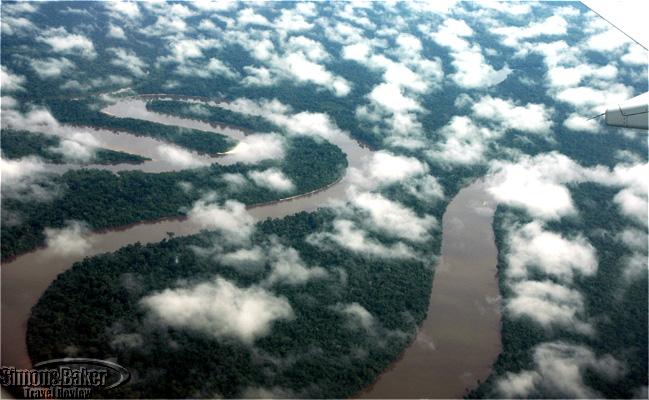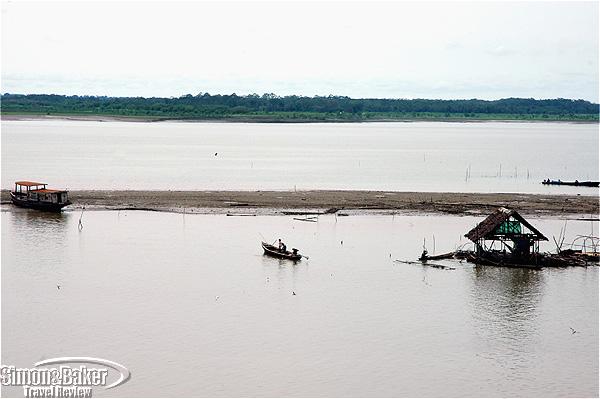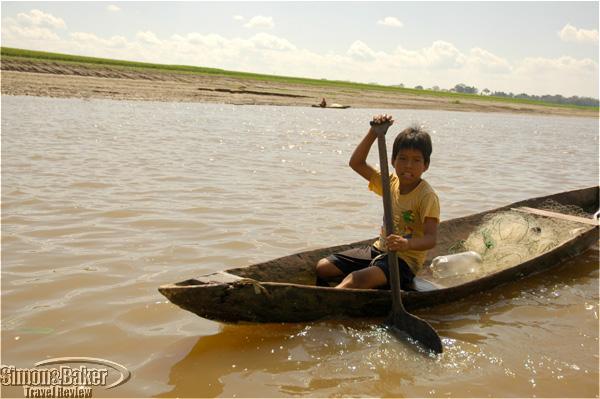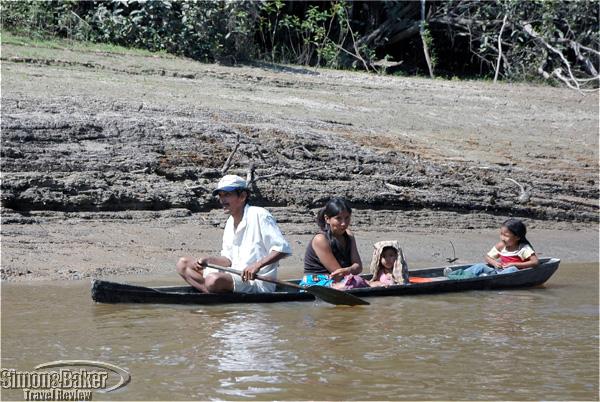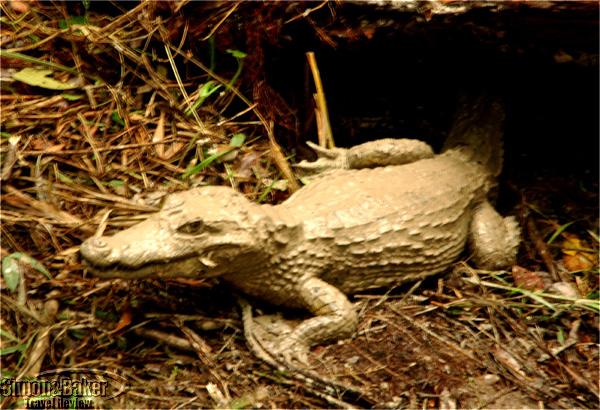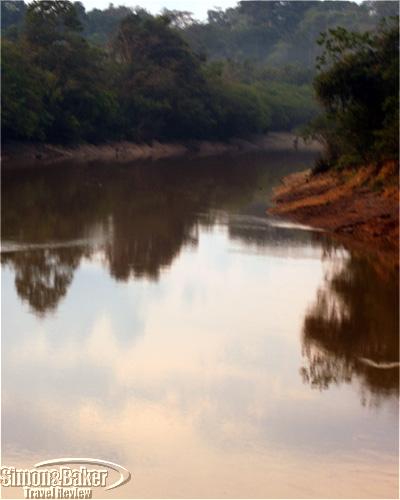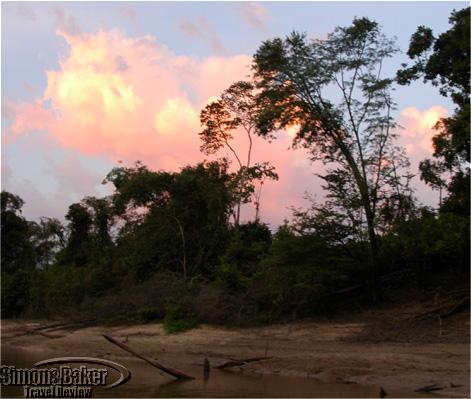Overall Impression The Reserva Comual Tamshiyacu-Tahuayo is a remote eight hundred thousand acre nature preserve tucked away deep in the jungle of Loreto, Peru’s largest state. Loreto is an area the size of Montana that lies almost entirely in the Western Amazonian rain forest. The Reserve is bordered to the West by the upper Tahuayo River and its tributary the Blanco River. This is a place where seasonally flooded verzea forests and non-flooding terra firme forests meet, making it one of the most biologically diverse environments in the world. It has been the site of several decades of scientific studies that have yielded some of the Amazon’s richest varieties of plans, birds and mammals as well as amphibians and reptiles. Additionally, the villages in the permanent settlement zone adjacent to the Reserve have been at the forefront of community-based management of the natural resources of the Reserve and surrounding areas for over a quarter of a century. This commitment has enabled them to succeed in preserving their traditional way of life as well as their environment. All of these considerations made the upper Tahuayo River a compelling choice of destination for our Amazon rainforest discovery adventure.
Cost Of Visiting Reasonable
Currency The currency of Peru is the Nuevo Sol. The Nuevo Sol symbol is “S.”
Electrical Current 220 Volts
Health And Vaccinations There were no mandatory inoculations for travel to Peru at the time of our visit. However we followed the U.S. Center for Disease Control (CDC) recommendations and ensured that our immunization schedule was up to date prior to our trip. We also opted to take preventive anti-malarial medication. For our daily protection from insects, we used a combination of repellent cream with CDC-recommended high DEET concentration on exposed skin, a DEET-free spray for facial protection, and we carried individually wrapped mosquito lotion towelettes for quick touch-ups if necessary. We experienced no insect bites, even during long hikes in the jungle or swampy areas. As the Tamshiyacu-Tahuayo Reserve area is only a few degrees south of the Equator, we used generous amounts of sunblock (30 SPF) . Lastly, we followed the usual precautions when traveling in Latin American to use only purified bottled water for drinking and oral hygiene.
Location The Tahuayo River meets the Amazon approximately 50 miles south of Iquitos.
Measures Metric system
Money Issues The Nuevo Sol had an exchange rate of approximately S 3.25 per U.S. dollar at the time of our visit. We found that dollars were readily accepted in areas that catered to tourists, at an exchange rate comparable to the official one. Change was provided in sols. We brought all the funds intended for incidentals, tips and souvenirs in small denominations (mainly $1, $5 and $10). This kept to a minimum the amount of local currency that we accumulated along the way. We also made sure that we obtained new or almost new bills from our bank before leaving on our trip as local merchants only accept U.S. bills in pristine condition.
Technology Running water was available. There were no electricity, TV, commercial radio, internet or telephone connections beyond the greater Iquitos area . Our lodge was equipped with a small generator used to recharge electronic equipment batteries. The lodge used a shortwave radio for their communications.
Time GMT/UTC -6 (e.g. U S Central Time)
Transportation The only way to get around the area of the Tahuayo River and the Tamshiyacu-Tahuayo Reserve is by either by small motorboat or wooden canoe, and on foot.
How To Get There The gateway to the Tahuayo River and indeed to most of the Peruvian Amazon is Iquitos, an island of riotous urbanity surrounded by rainforest and rivers for hundreds of miles in all directions. Located approximately 650 miles north of Lima, and almost 2000 miles upstream from the mouth of the Amazon, Iquitos has the distinction of being the largest city on the planet that is not accessible by road or rail. It can only be reached by plane or boat. The only efficient way we found to reach the area was to fly to Lima from the U.S., where most major airlines offered daily services from hub cities such as Atlanta, Houston, Los Angeles, Miami and New York. From Lima, several domestic carriers such as Lan Peru and TANS offered daily flights to Iquitos. Any destination beyond Iquitos had to be reached by boat. Most reputable jungle tour companies and lodges that cater to foreign tourists offered accompanied transfer service from the airport to final destination. From Iquitos, we traveled by motorboat upriver on the Amazon for 50 miles, then another 40 miles up the Tahuayo River to our final destination, the Tahuayo Lodge. The entire boat trip took five hours.
Facilities There were no shopping, dinning or healthcare facilities outside of Iquitos.
Shopping And Souvenirs The only souvenir shopping of note that we came across in the villages were handsome baskets woven by the local women from palm font fibers and colorful seeds. We also noticed decorative gourds and small woodcarvings.
Tourism Highlights The Tahuayo Lodge offered us the unique experience of a true bird’s eye view of the jungle. Their zipline canopy system, the longest in the Amazon, is located an easy 30-minute hike behind the lodge. We were strapped into a harness and hoisted one hundred feet above the ground to a platform secured to a large emergent tree. From there, we were able to soar further up, supported by a network of overhead stainless steel cables, to two more platforms anchored to giant old growth trees. We also especially enjoyed late afternoon canoe rides, to listen to the sound of the jungle as the animals emerged from their midday torpor. As the sun started to dip behind the trees, the riverbanks became alive with birds and butterflies. It was a perfect time of day for bird watching while silently floating on the latte-colored water of the Tahuayo.
Date Of Latest Visit August 2005
Reviewers Article and photos by Josette King
Would You Visit This Destination Again? Yes
